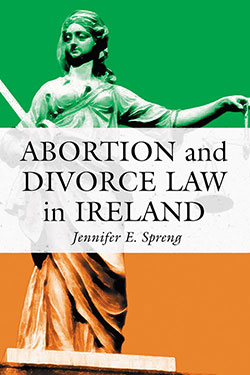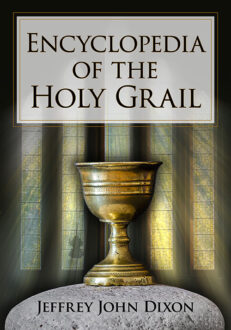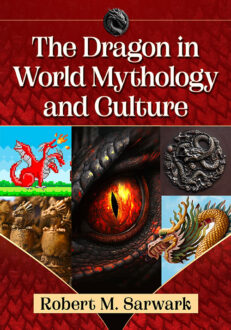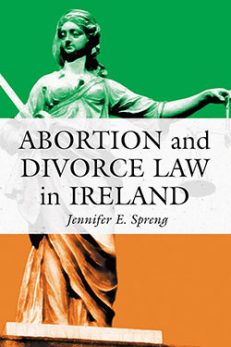Abortion and Divorce Law in Ireland
$49.95
In stock
About the Book
In 1991, the people of Ireland elected Mary Robinson, a women’s rights crusader who supported legalized birth control and divorce, as their president. The country seemed poised for massive social and legal change, but it became apparent that even though Ireland at the dawn of the 21st century would be very different from the Ireland of the past, many fundamentals would remain the same.
This book examines Irish abortion and divorce law in their historical, religious, and cultural contexts. Its main focus is on the well-publicized referenda and court cases of the 1980s and 1990s, with special attention given to their roots and potential long-term effects on the communitarian Irish culture and opportunities for Irish women. The author identifies and discusses three forces that have affected Irish law and mores, especially those relating to abortion and divorce: economic insecurity; a sense of group loyalty and identification, particularly within families and churches; and Catholic teaching about the common good.
About the Author(s)
Bibliographic Details
Jennifer E. Spreng
Format: softcover (6 x 9)
Pages: 269
Bibliographic Info: notes, bibliography, index
Copyright Date: 2004
pISBN: 978-0-7864-1675-2
eISBN: 978-0-7864-8435-5
Imprint: McFarland
Table of Contents
Acknowledgments vii
Preface 1
PART I
1. After the “Coffee and Condoms Revolution”: Communitarianism in 21st Century Irish Law 9
2. “The Land of Happy Wars and Sad Love Songs” 23
3. The de Valera Vision: The Irish Constitution 40
4. What Kind of Country? Social Change from 1950 to 1980 58
PART II
5. The 1980s and the Rise of Modern Abortion and Divorce Law 83
6. The Equal Right to Life of the Mother 112
7. The Lone Irish Rights Bearer of the 1990s 134
PART III
8. On Tara Road: Women and Flourishing 155
9. Keeping Their Rough Edges: Constitutional Consent in Ireland 182
10. Conclusion 204
Chapter Notes 213
Bibliography 233
Index 249





